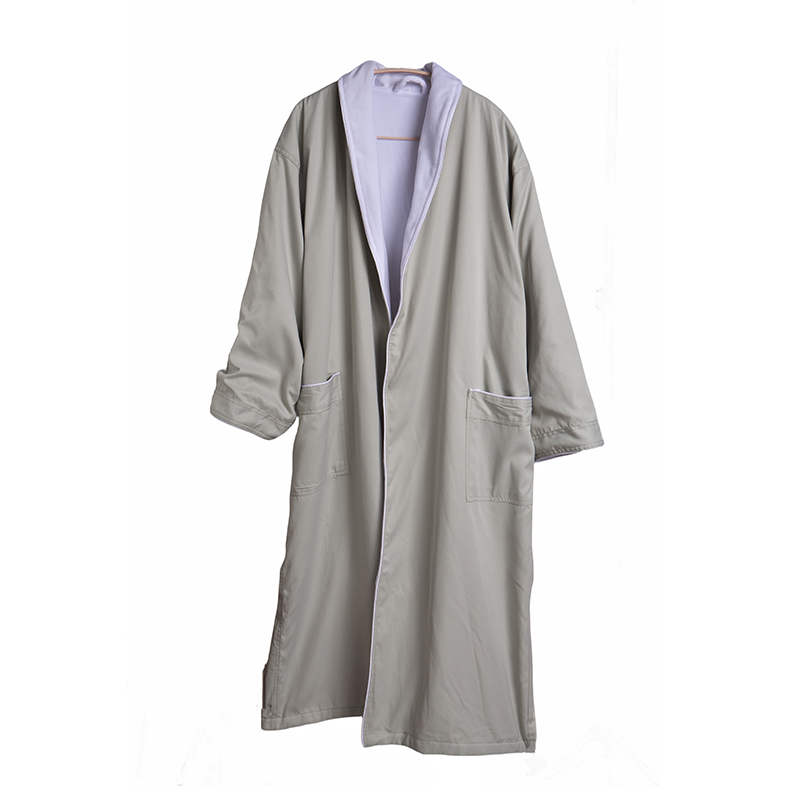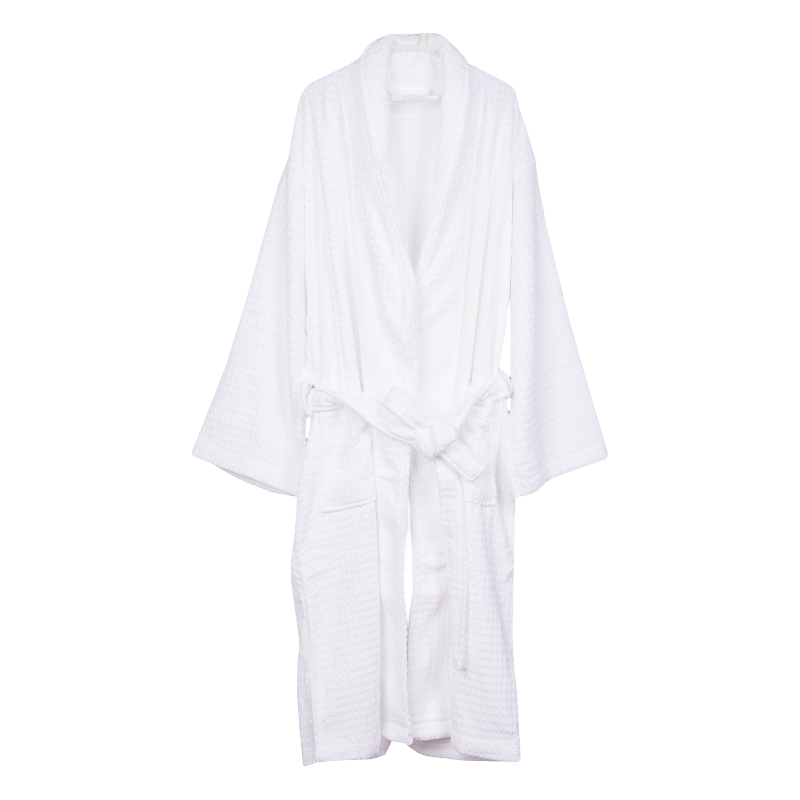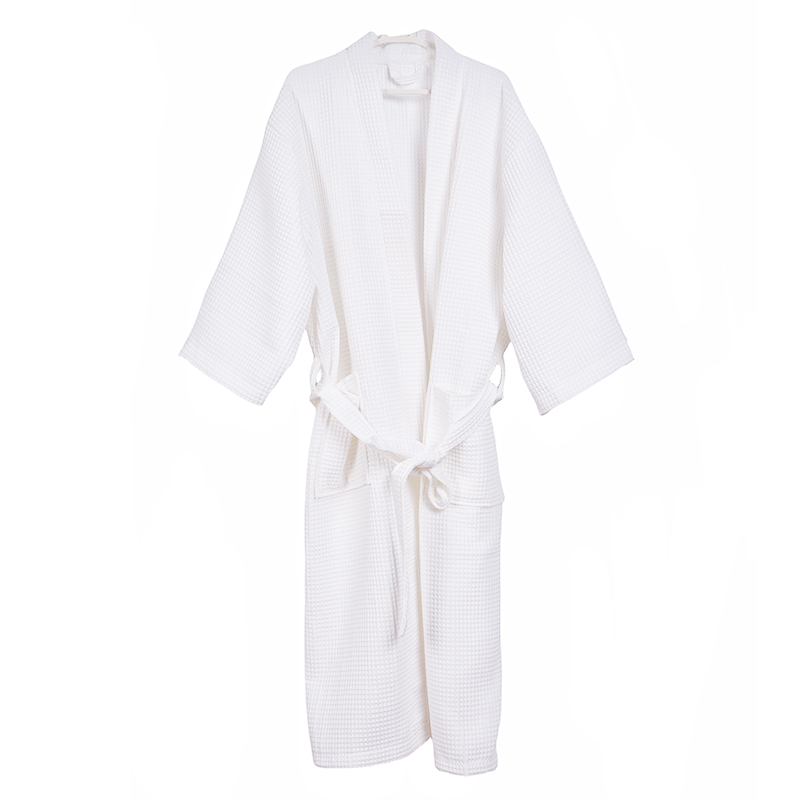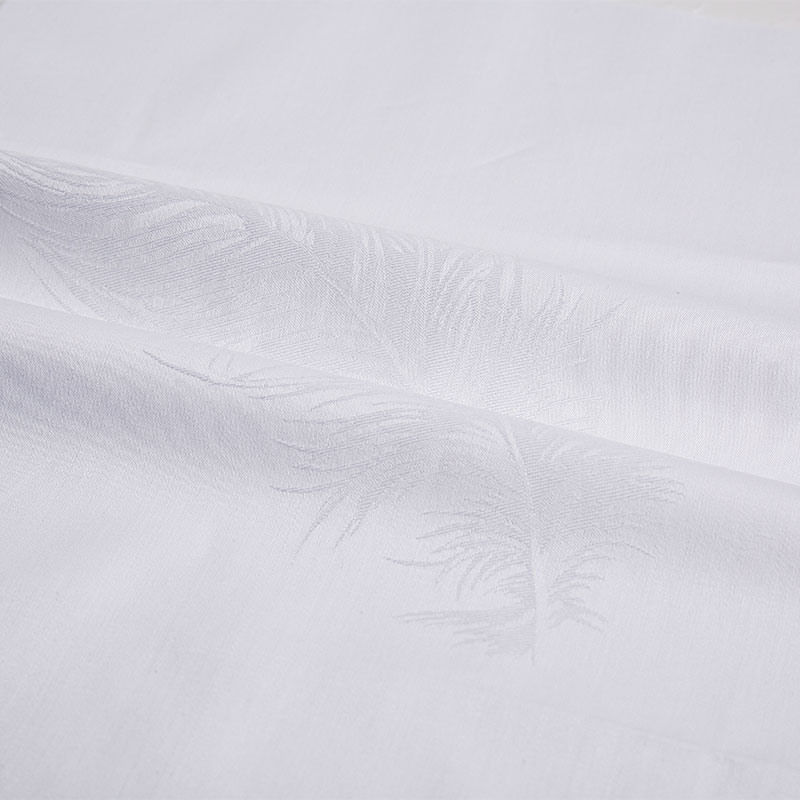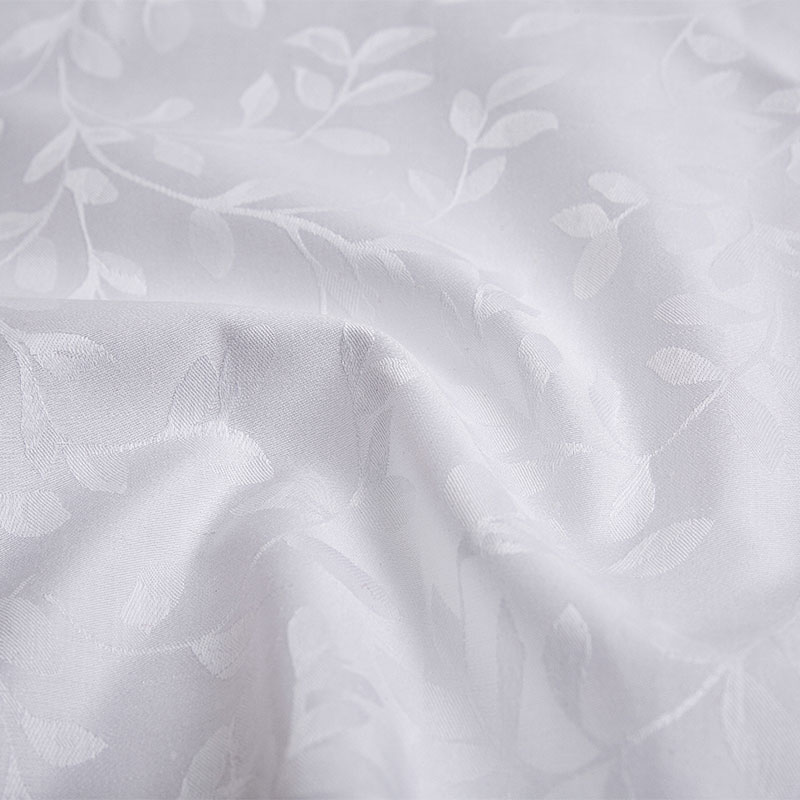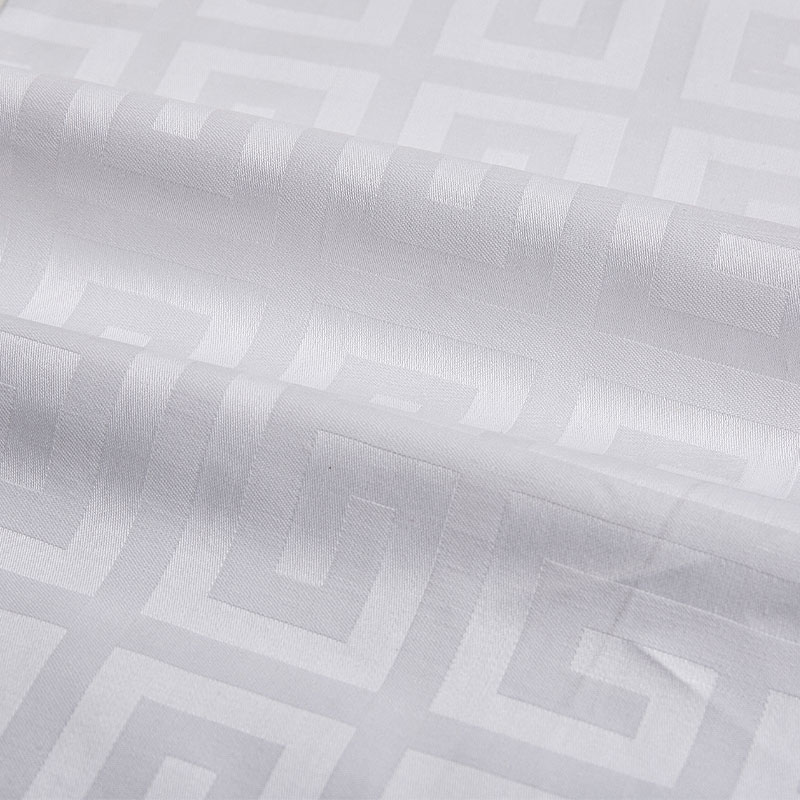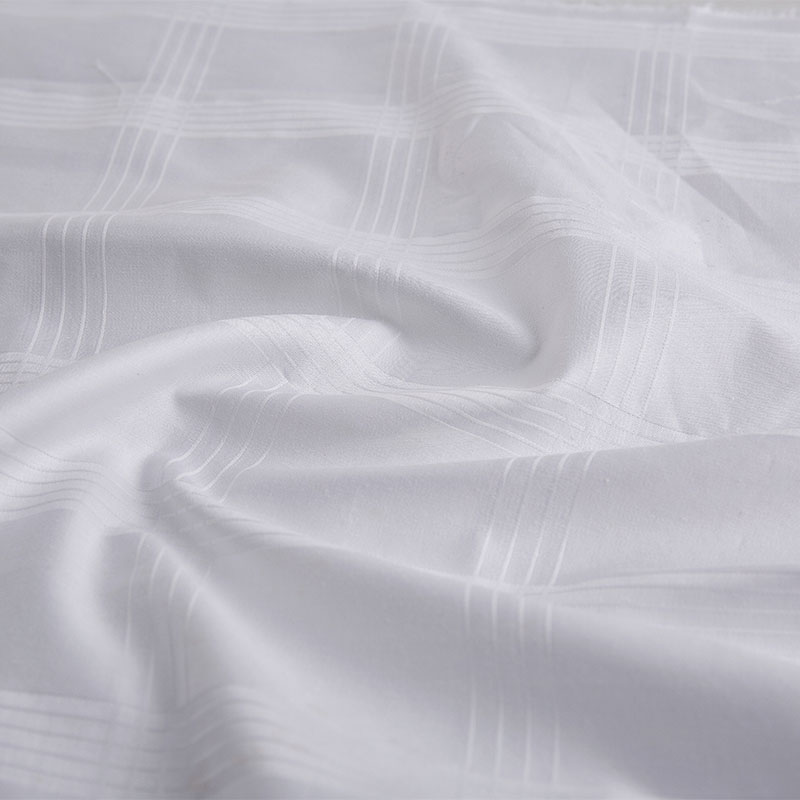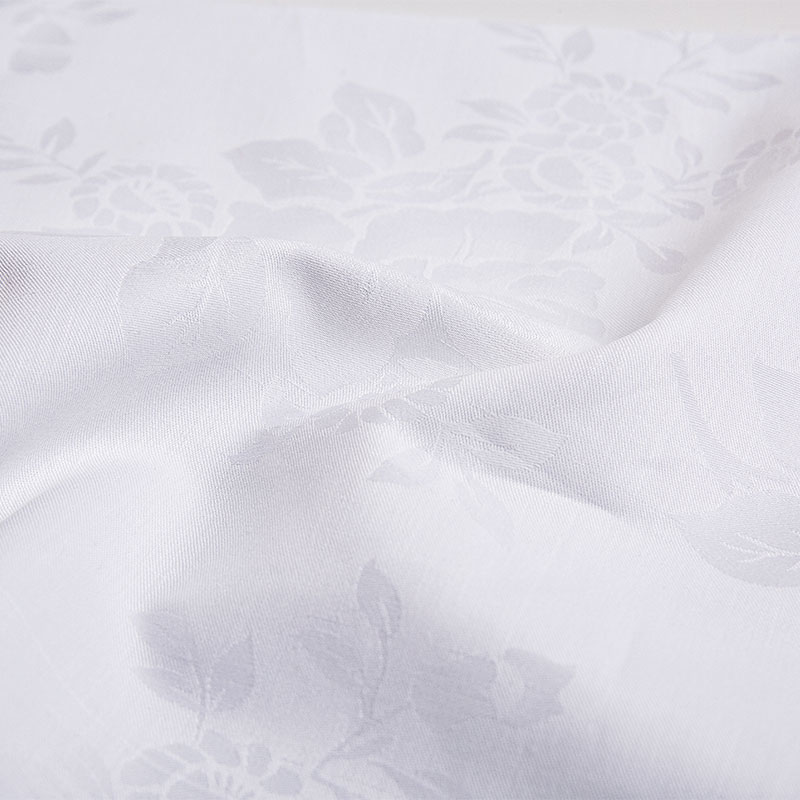Improper cleaning can damage hotel pillows, shorten their lifespan, or affect guests' health and comfort. Different types of pillows require drastically different cleaning methods. Always check the care label attached to the pillow first; this is the most crucial step.
1. Hotel Pillow Cleaning Steps
Step 1: Identify the Pillow Type (This is key to determining the cleaning method)
Synthetic Fiber Pillows (Polyester, etc.)
Most common, used in most budget hotels.
Characteristics: Washable, machine washable.
Care Label: Usually a washable symbol.
Down/Feather Pillows
Common in high-end hotels, soft and fluffy.
Characteristics: Can be washed, but requires very careful handling, otherwise it will clump and damage the down.
Care Label: Usually a washable symbol, but requires professional methods.
Memory Foam/Latex Pillows
Characteristics: Absolutely do not machine wash! Machine washing will cause it to absorb water, deform, and crumble, rendering it completely unusable.
Care Label: Usually a do-not-wash symbol (a basin of water with an X).

Step 2: Type-Specific Cleaning Guide
Machine-Washable Pillows (Synthetic Fiber Pillows, Down Pillows)
Preparation: Check for holes or loose threads; sew them up if necessary.
Stain Pre-treatment: Apply a small amount of stain remover or neutral detergent to visible stains (such as lipstick, blood, or oil stains) and let sit for 10-15 minutes.
Cleaning Process:
Washing Machine Selection: A front-loading washing machine is best as it is gentler on pillows. If only a top-loading washing machine is available, ensure sufficient water volume and monitor the balance.
Quantity: Wash only 1-2 pillows at a time to maintain balance and ensure adequate washing space.
Detergent: Use a neutral detergent. Avoid using strong bleach or fabric softener (fabric softener can clog fibers and affect fluffiness).
Water Temperature and Mode:
Synthetic Fiber Pillows: Use warm water and a gentle cycle.
Down Pillows: Use cold water and a gentle/wool cycle. Hot water will damage the protein structure of the down.
Extra Rinse: Always select the "Extra Rinse" program to ensure all detergent is rinsed off, preventing residue that could cause skin irritation or yellowing of the pillow.
Spin-dry: Select a low spin speed and do not spin for too long (1-2 minutes is sufficient).
Drying Process (Crucial!):
Goal: Must be completely and thoroughly dried! Internal dampness can lead to mold and odor.
Dryer: Place 2-3 clean tennis balls or dedicated dryer balls inside. These will help pat the pillow, prevent clumping, and speed up drying.
Temperature: Use a low or cool setting. High temperatures can damage fibers and down.
Time and Check: The drying process may take several hours. Pause several times during this period to manually turn the pillow over and shake it to ensure it is completely dry inside and out. Touch the center to confirm there is no dampness.
Do not wash pillows (memory foam, latex pillows)
Absolutely do not machine wash or tumble dry!
Surface Cleaning: Sprinkle baking soda on the pillow surface, let it sit for several hours, then vacuum to remove odors and moisture. For stains, dampen a cloth with a mixture of neutral detergent and water, wring it out, and gently wipe the stained area.
Immediately wipe with another clean, damp cloth to remove detergent residue.
Absorb moisture: Press with a dry towel to absorb excess water.
Air dry: Lay flat or hang in a well-ventilated area away from direct sunlight, turning it frequently until completely dry. Do not wring forcefully.
2. Daily Care and Suggestions
Use pillowcases: Always use high-quality pillowcases and inner pillowcases for all pillows; this is the first line of defense against stains and wear.
Regular airing: When not in use, frequently air out in a well-ventilated area, but avoid direct sunlight.
Professional cleaning: For expensive or particularly difficult-to-clean pillows (such as large down pillows), hiring a professional dry cleaner is a safer option.

 EN
EN English
English русский
русский Español
Español عربى
عربى
 Online Message
Online Message



